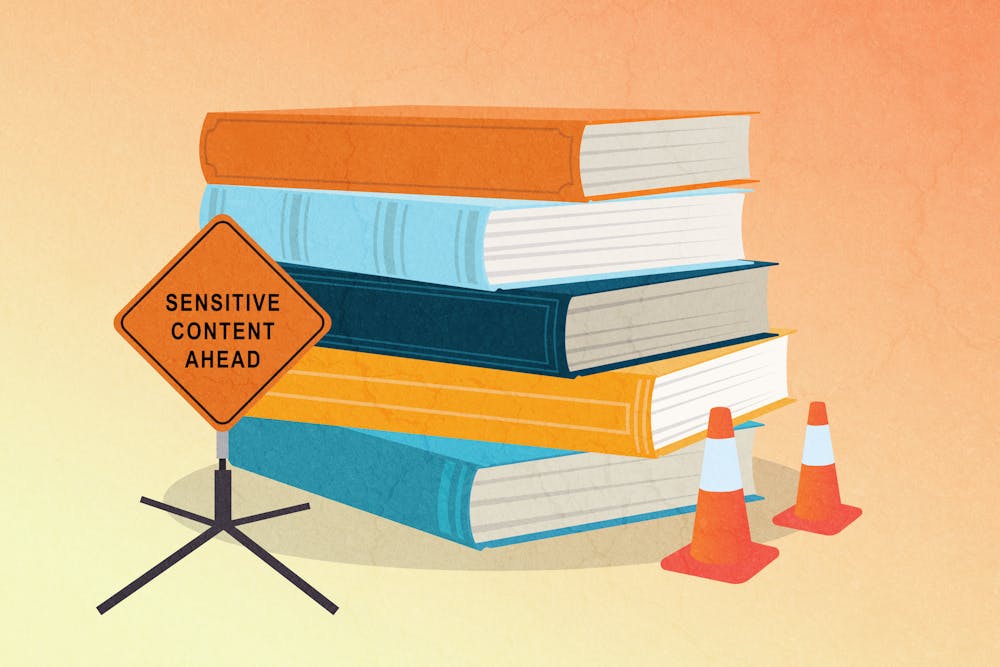Last semester I took a class on Asian-American literature. At the end of almost every class, the professor would briefly note something along the lines of “Thursday’s readings contain mention of gender-based violence,” or “Tuesday’s chapter contains reference to suicide.” The same semester, I took a class in which we studied a scene in “Twelve Years a Slave” in which an enslaved woman is raped and then beaten. For this content, though, I received no such warning.
I do not say this to shame either of these professors for their practices. I do so to highlight the disparity between these very similar discussions, on the same campus, prefaced in very different ways.
Content warnings have circulated in radical spaces since the '90s and exist to warn a reader or viewer of potentially sensitive or disturbing content in literature, cinema or other media. The idea entered the mainstream consciousness somewhere around the beginning of the MeToo movement, with theaters, streaming services and university campuses beginning to implement them more frequently.
They are also a site of highly polarized cultural debate. There’s a reason I opted for the more comforting institutional neutrality that comes with the term “content warning” as opposed to the more divisive “trigger warning,” even though they refer to the same thing. In reality, the swaths of debate surrounding this topic misconstrue the sincere intent of implementing content warnings. When we strip away the politics, we find several misconceptions worth debunking.
Firstly, conversation on content warnings often seems to revert to egotistical debates about whether we “need” them or not. This does little but emphasize existing stereotypes pitting the infantile left against the backwards right and swings the focus in a full 180 right back to the self.
The truth is, while we can all benefit from the learning environment that content warnings promote, we don’t all need them in the same ways. As a non-epileptic person, I have no issue with warnings about flashing lights at a concert if they mean everyone can boogie in peace. As a pedestrian, I have no issue with a sign that warns drivers of potholes on the road if they mean my fellow road-users will enjoy a smooth ride to brunch. The intent of the content warning is to create a safe, productive and accessible learning environment for everyone — and from this we all may reap the benefits.
The second misconception is that content warnings are about censorship. From personal experience, content warnings are rarely a deterrent. Usually, it’s quite the opposite. They actively encourage us to pause, then focus on difficult issues with a critical eye in an accommodating environment. They don’t sanitize or remove emotion — merely prepare us for it.
On the few occasions that one’s personal response is so extreme as to choose to sit out a reading? It is not a radical notion that we might skip a few pages over reliving personal trauma for the sake of a single assignment or class.
For all the talk of care for mental wellbeing in our UNC community, this is one tangible, guaranteed way to put our promises into policy. With a topic so sensitive, this burden should not fall upon individual professors.




